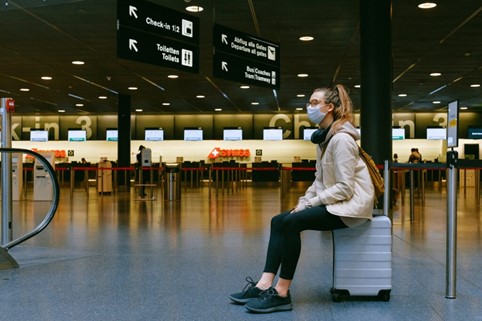The European Union Aviation Safety Agency said it hoped the joint decision, made with the European Centre for Disease Prevention and Control, would mark “a big step forward in the normalisation of air travel” for passengers and crews.
The new guideline “takes account of the latest developments in the pandemic, in particular the levels of vaccination and naturally acquired immunity, and the accompanying lifting of restrictions in a growing number of European countries,” the two agencies said in a joint statement.
When should I still wear a face mask on a plane?
“Passengers should however behave responsibly and respect the choices of others around them,” EASA Executive Director Patrick Ky said.
“And a passenger who is coughing and sneezing should strongly consider wearing a face mask, for the reassurance of those seated nearby.”
While the new recommendations take effect on 16 May, rules for masks may still vary by airline beyond that date if they fly to or from destinations where the rules are different.
European Centre for Disease Prevention and Control director Andrea Ammon said washing hands and social distancing should still be practised, but airport operators are advised not to impose distancing requirements if these are likely to lead to a bottleneck.
While many countries no longer require passengers to submit data through a passenger locator form, the agencies also said that airlines should keep their data collection systems on standby so they could make this information available to public health authorities if needed.
For example in the case where a new variant of concern emerged which was identified as potentially more dangerous.
The news will be welcomed by the European aviation sector which is still trying to return to pre-pandemic levels of travel.
The number of countries that have removed all COVID-related entry restrictions is growing and many are also ditching domestic rules on masks and social distancing.
However, there have also been reports across Europe of delays at airports and mammoth queues as the sector struggles with returning demand.























